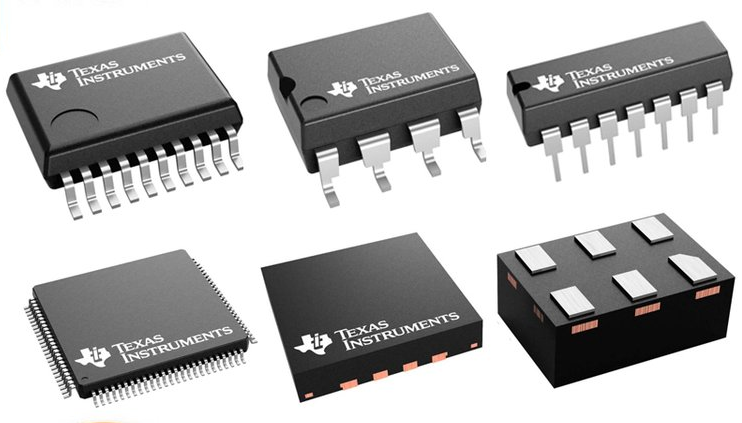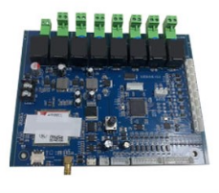Overview:
The TPS61045 device operates with an input voltage range of 1.8 to 6 V and generates output voltages up to 28 V. The device operates in a pulse frequency modulation (PFM) scheme with constant peak current control. This control scheme maintains high efficiency over the entire load current range, and with a switching frequency of up to 1 MHz, the device enables the use of small external components. The converter monitors the output voltage. When the feedback voltage falls below the reference voltage of 1.233 V (typical), the main switch turns on and the current ramps up. The main switch turns off when the inductor current reaches the internally set peak current of 375 mA (typical). See Peak Current Control for more information. The second criteria that turns off the main switch is the maximum on-time of 6 μs (typical). This limits the maximum on-time of the converter in extreme conditions. As the switch is turned off, the external Schottky diode is forward biased delivering the current to the output. The main switch remains off until the minimum off time of 400 ns (typical) has passed and the feedback voltage is below the reference voltage again. Using this PFM peak current control scheme, the converter operates in discontinuous conduction mode (DCM) where the switching frequency depends on the input voltage, output voltage, and output current. This gives a high efficiency over the entire load current range. This regulation scheme is inherently stable, which allows a wider range for the selection of the inductor and output capacitor.
Softstart:
If no special precautions are taken, all inductive step-up converters exhibit high inrush current during start up. This can cause voltage drops at the input rail during start-up, which may result in an unwanted or premature system shutdown. When the device is enabled, the internal input switch (Q1) is slowly turned on to reduce the inrush current charging the capacitor (C2) connected to pin L. Furthermore, the TPS61045 device limits this inrush current during start-up by increasing the current limit in two steps starting from ILIM / 4 for 256 switch cycles to ILIM / 2 for the next 256 switch cycles
Enable (CTRL Pin):
The CTRL pin serves two functions. One function is the enable and disable of the device. The other function is the output voltage programming of the device. If the digital interface is not required, the CTRL pin is used as a standard enable pin for the device.
Pulling the CTRL pin high enables the device beginning with the softstart cycle.
Pulling the CTRL pin to ground for a period of ≥560 μs shuts down the device, reducing the shutdown current to 0.1 μA (typical). During shutdown, the internal input switch (Q1) remains open and disconnects the load from the input supply of the device.
The user must terminate this pin. For more details on how to use the interface function, see Digital Interface (CTRL)

DAC Output (DO) :
The TPS61045 device allows digital adjustment of the output voltage using the digital CTRL interface, as described in Digital Interface (CTRL). The DAC output pin (DO) drives an external resistor (R3) connected to the external feedback divider. The DO output has a typical output voltage range from 0 V to Vref (1.233 V). If the DO output voltage is set to 0 V, the external resistor (R3) is more or less in parallel with the lower feedback resistor (R2), giving the highest output voltage. Programming the DO output to Vref gives the lowest output voltage. Internally, a 6-bit DAC is used with 64 steps and 0 as the first step. This gives a typical voltage step of 19.6 mV, which is calculated as: (3) See Setting the Output Voltage for further information. After start-up, when the CTRL pin is pulled high, the DO output voltage is set to its center voltage, which is the 32nd step of typical V(DO) = 607 mV.










